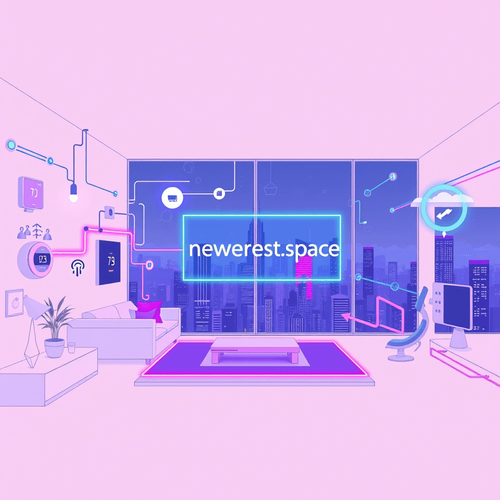Enhance Home Assistant with Browser Mod

2m read
Browser Mod is a powerful Home Assistant integration that bridges the gap between your smart home and the devices you use to interact with it. It allows you to control the web browser used to access your Home Assistant interface, opening up a world of possibilities for enhanced control and customized displays.
Installation and Setup
- Install via HACS: The easiest way to install Browser Mod is through the Home Assistant Community Store (HACS). If you don't have HACS, you'll need to install it first.
- Add the Repository: In HACS, go to 'Integrations' and click the three dots in the top right corner. Select 'Custom repositories' and add
https://github.com/thomasloven/hass-browser_modas a repository, choosing 'Integration' as the category. - Install Browser Mod: Find 'Browser Mod' in HACS and click 'Install'.
- Restart Home Assistant: After installation, restart your Home Assistant instance to activate the integration.
- Configuration: Browser Mod typically autodetects devices. To manually configure it, add the following to your
configuration.yamlfile (adjusting IP addresses as needed):browser_mod: devices: - 192.168.1.100 # Example IP address of a device running a browser - Enable in Lovelace: Add
browser_mod:to your Lovelace configuration (usually inui-lovelace.yamlor in the Raw configuration editor).
Device Integration Tips
- Identifying Browser IDs: Browser Mod assigns a unique ID to each browser instance. You can find this ID in the Home Assistant Developer Tools under 'States'. Look for entities starting with
browser_mod. - Service Calls: Use service calls like
browser_mod.popupto display custom pop-up messages,browser_mod.navigateto redirect the browser to a specific URL, andbrowser_mod.media_playerto control media playback. - Custom Dashboards: Create dedicated dashboards for specific devices (e.g., a tablet on the wall) and use Browser Mod to automatically display them.
- Conditional Display: Use template sensors and conditional cards to display information based on the browser being used (e.g., show a different dashboard on a mobile phone versus a wall-mounted tablet).
Best Practices for Reliability
- Static IP Addresses: Ensure that the devices running the browsers you want to control have static IP addresses assigned to them. This prevents their IP from changing and breaking the Browser Mod connection.
- Always On: For devices like wall-mounted tablets, ensure they are set to stay on and do not automatically go to sleep. Configure them to automatically restart the browser if it crashes.
- Regular Updates: Keep Browser Mod updated through HACS to benefit from the latest features and bug fixes.
- Automation Triggers: Use Browser Mod in automations triggered by various events, such as motion detection, door openings, or time of day, to provide dynamic and context-aware information on your browser-controlled devices.
By leveraging Browser Mod, you can create a more interactive and informative smart home experience, turning your web browsers into powerful control centers.

Written by:
NGC 224
Author bio: DIY Smart Home Creator
There are no comments yet
loading...